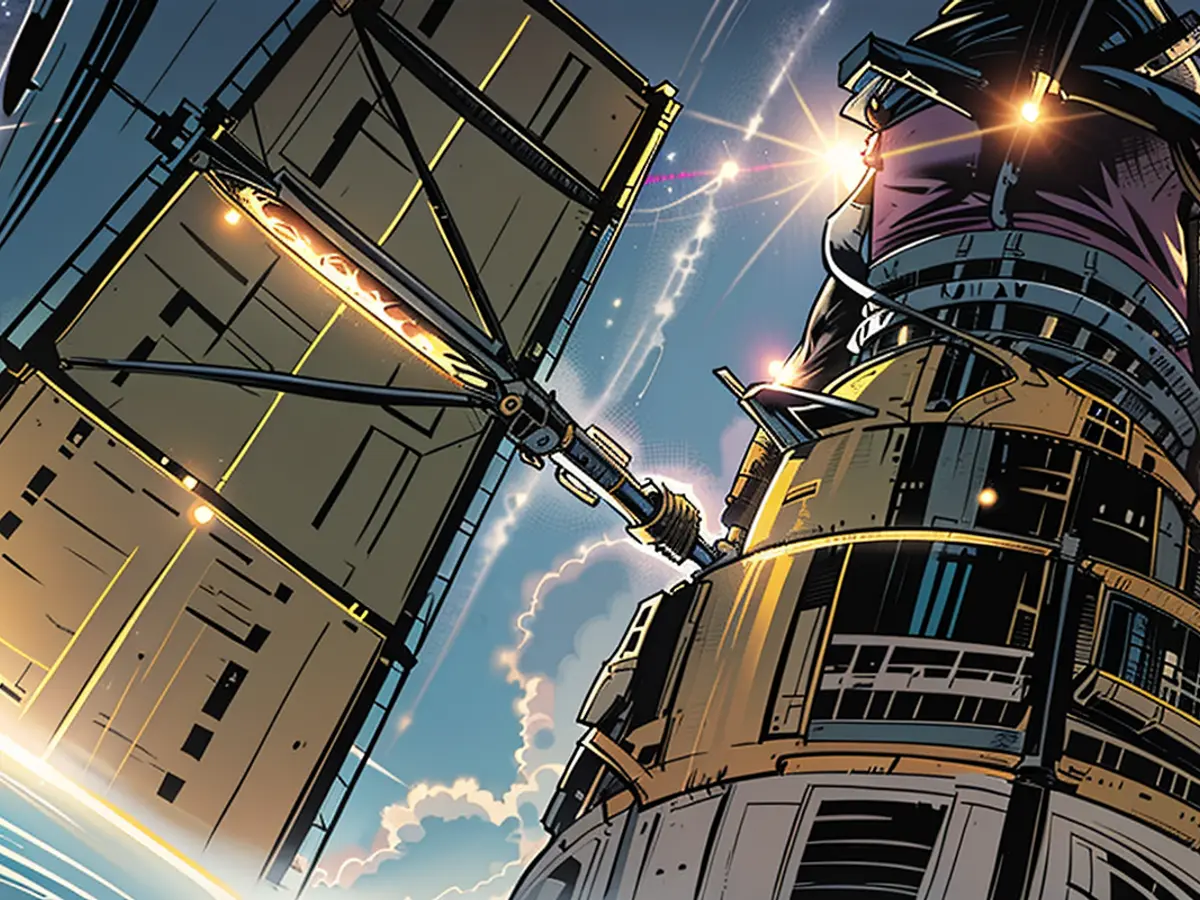The Hubble telescope is placed on standby.
NASA has begun winding down operations for the iconic Hubble Space Telescope, which has been capturing marvelous images of the universe for more than three decades. The Hubble now only has one of its six gyroscopes functional.
Just recently, the 35-year-old space venture, owned by the United States space agency NASA, faced a setback. Following a significant period of unrest, where Hubble was put into a protective stance, the telescope has been in operation for roughly two weeks in a manner that does not interfere much with its scientific procedures.
Hubble's sophisticated system consists of six gyroscopes, aiding in sustaining a stable orientation. However, only three of them are operationally sound now, and one has been generating illogical data. Thus, for the time being, the agency has decided to run the telescope with only one operational gyroscope while keeping another in reserve.
The consequences are minor - Hubble will need more time to shift position and won't have as much leeway over its field of vision, nor will it be able to target objects more closely than Mars.
Hubble's potential return to service is predicted to occur around mid-June, according to sources. The observatory, the size of a bus, was catapulted into space in 1990 and has delivered breakthrough scientific conclusions. It's responsible for confirming the presence of supermassive black holes in the central regions of galaxies and the accelerating expansion of the universe. Hubble, on the other hand, primarily delves into the optical and ultraviolet spectrum, while the James Webb, launched in 2021, prefers to explore the infrared spectrum.
Read also:
The James Webb Space Telescope, NASA's successor to the Hubble Space Telescope, is currently making significant observations in the infrared spectrum. Despite the Hubble Space Telescope's current challenges, the importance of space education and its telescopes like Hubble and Webb in unveiling cosmic mysteries cannot be overstated.







